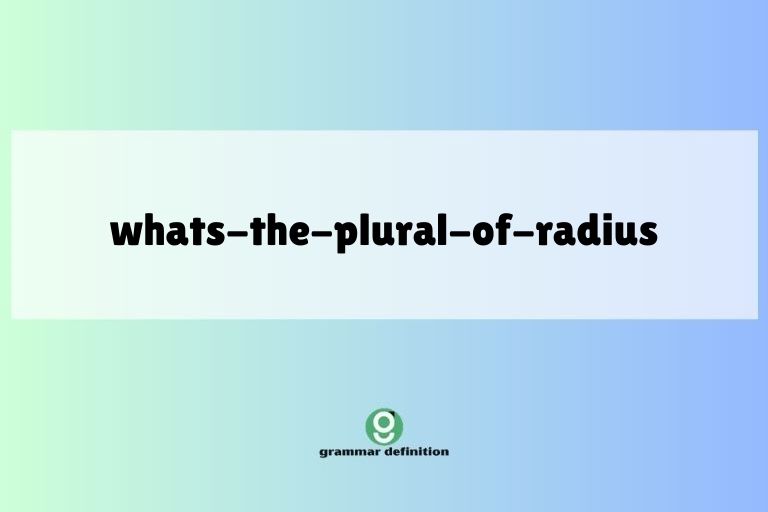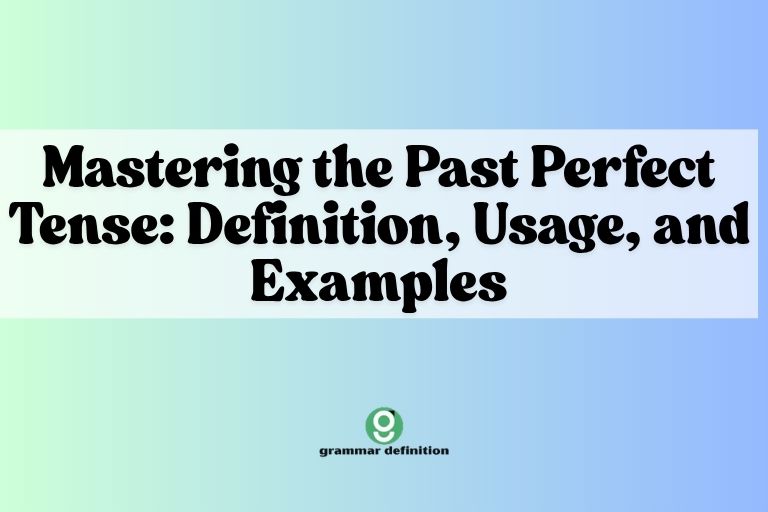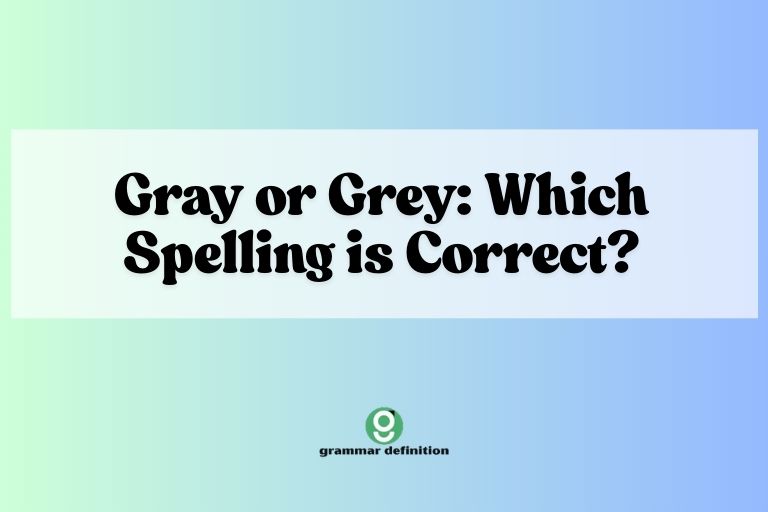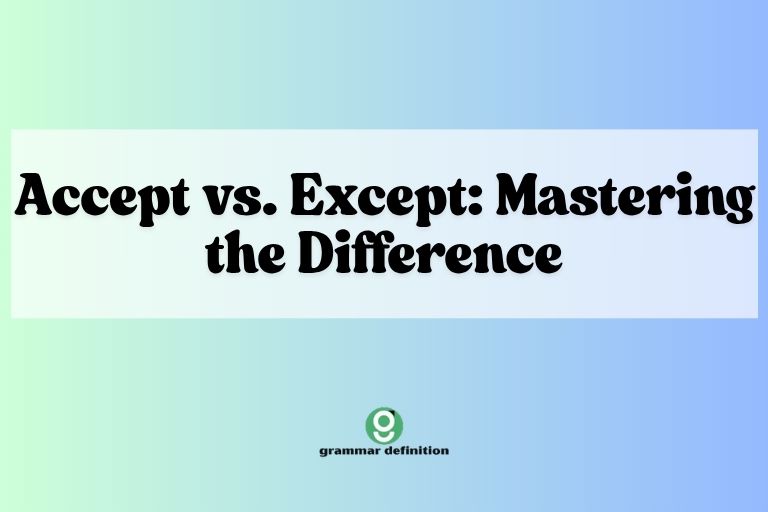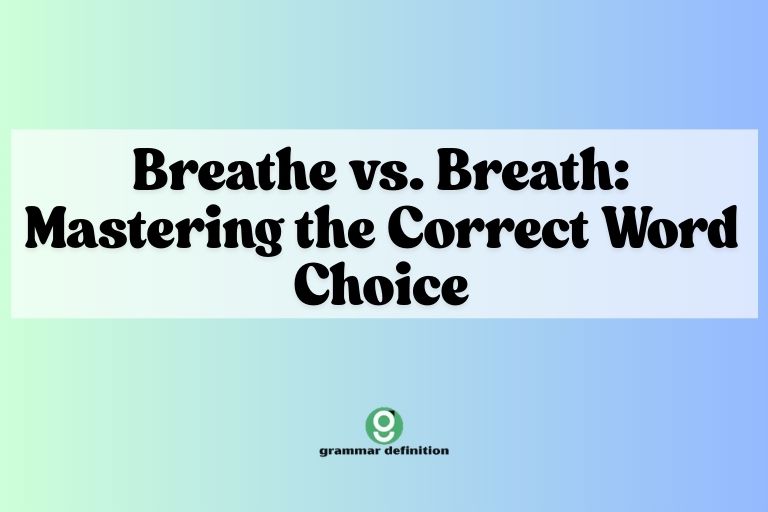Addendum Plural: Mastering Addenda and Addendums
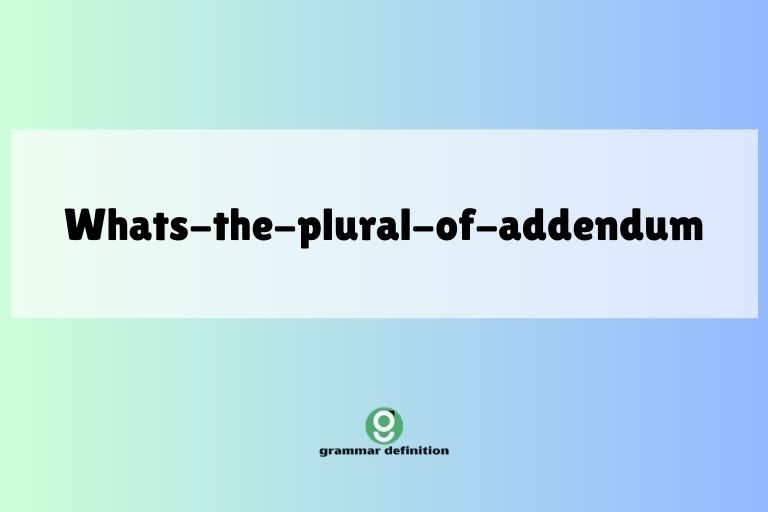
Navigating the intricacies of English grammar can often feel like traversing a linguistic maze, especially when dealing with words borrowed from other languages. One such word is “addendum,” commonly used in academic, legal, and business contexts.
Understanding its plural form is crucial for clear and correct communication. Whether you’re writing a formal report, drafting a legal document, or simply engaging in a professional conversation, knowing whether to use “addenda” or “addendums” can significantly impact your credibility.
This article provides a comprehensive guide to the plural of addendum, exploring its definition, usage, common mistakes, and providing ample examples and practice exercises to solidify your understanding. This guide is beneficial for students, professionals, and anyone seeking to enhance their grammatical accuracy.
Table of Contents
- Introduction
- Definition of Addendum
- Structural Breakdown
- Types and Categories of Addenda
- Examples of Addendum and Addenda
- Usage Rules
- Common Mistakes
- Practice Exercises
- Advanced Topics
- FAQ
- Conclusion
Definition of Addendum
An addendum (plural: addenda or addendums) is a supplementary addition to a document. It serves to clarify, explain, or expand upon the original content. Think of it as an “added thing.” The word originates from Latin, where it literally means “that which is to be added.” Addenda are commonly found in books, contracts, reports, and other formal documents where updates, corrections, or additional information are necessary after the original document has been finalized.
In essence, an addendum modifies or enhances the original document without requiring a complete rewrite. It’s a practical way to incorporate new information or correct errors efficiently.
The use of addenda ensures that the core document remains intact while accommodating necessary changes or additions.
Classification and Function
Addenda are classified as supplementary documents. Their primary function is to amend, clarify, or augment the original document.
They provide a mechanism for incorporating changes or additions without invalidating the original text. Addenda can correct errors, update information, provide further details, or even introduce new sections to the document.
Contexts of Use
Addenda are utilized in various professional and academic settings. In legal contexts, they might amend contracts or agreements.
In academic publishing, they may correct errors in published papers or provide additional data. In business, addenda can update reports or proposals.
The ability to use addenda correctly demonstrates attention to detail and professionalism in any field. The use of addenda is widespread and crucial in fields that require accurate and up-to-date documentation.
Structural Breakdown
The word “addendum” follows a Latin grammatical pattern, which affects its pluralization. Understanding this pattern helps clarify why both “addenda” and “addendums” are considered acceptable plural forms, although one is often preferred over the other depending on context and style.
The base word “addendum” is a neuter singular noun in Latin. Latin neuter nouns ending in “-um” typically form their plural by changing the “-um” to “-a.” This is why “addenda” is the classically correct plural form.
However, English has a tendency to apply its own pluralization rules to borrowed words, which is why “addendums,” formed by adding the standard English “-s,” is also accepted.
The coexistence of both plural forms reflects the evolving nature of language, where classical rules often blend with modern usage. While “addenda” maintains a closer connection to its Latin roots, “addendums” represents the adaptation of the word into the English language system.
The choice between the two often depends on the writer’s preference and the specific style guide they are following.
Types and Categories of Addenda
While the function of an addendum is generally the same – to supplement an original document – the specific content and purpose can vary widely. Categorizing addenda based on their function helps to understand their diverse applications.
Correction Addenda
These addenda are used to rectify errors or inaccuracies in the original document. They ensure that the information presented is accurate and reliable.
Correction addenda are crucial in fields where precision is paramount, such as science, medicine, and law.
Update Addenda
These addenda provide new or updated information that was not available when the original document was created. They keep the document current and relevant, especially in rapidly changing fields like technology and finance.
Clarification Addenda
These addenda offer additional explanations or details to make the original document more understandable. They help to resolve ambiguities and ensure that readers can easily comprehend the information presented.
Expansion Addenda
These addenda add new sections, chapters, or appendices to the original document. They expand the scope of the document and provide a more comprehensive treatment of the subject matter.
Examples of Addendum and Addenda
Understanding the proper usage of “addendum,” “addenda,” and “addendums” requires seeing them in context. The following tables provide numerous examples to illustrate their correct application in different scenarios.
The following table illustrates the singular form “addendum” in various sentences.
| Sentence |
|---|
| The contract required an addendum to address the new regulations. |
| The author included an addendum at the end of the book to update readers on recent developments. |
| The report needed an addendum to correct a significant error in the data. |
| The proposal included an addendum outlining the revised budget. |
| The lease agreement had an addendum specifying the terms for lease renewal. |
| The research paper required an addendum to include newly discovered evidence. |
| The policy document had an addendum clarifying the eligibility criteria. |
| The software license agreement included an addendum detailing the updated terms of service. |
| The training manual needed an addendum to incorporate the latest safety protocols. |
| The investor prospectus contained an addendum disclosing potential risks. |
| The architect added an addendum to the blueprints to include the latest design changes. |
| The scientific article required an addendum to address criticisms raised by reviewers. |
| The legal document had an addendum specifying the terms of the settlement. |
| The company report needed an addendum to reflect the recent financial losses. |
| The marketing plan included an addendum outlining the new advertising strategies. |
| An addendum was attached to the original will to reflect the testator’s updated wishes. |
| The teacher created an addendum to the syllabus to accommodate the new curriculum changes. |
| The construction contract had an addendum for unforeseen site conditions. |
| The sales agreement included an addendum to address the warranty terms. |
| The employee handbook contained an addendum regarding the updated code of conduct. |
| The researcher added an addendum to his study to account for the limitations of his data. |
| The historical document included an addendum to provide context on its discovery. |
| The cookbook required an addendum to correct an error in the recipe. |
| The user manual had an addendum to explain the new software features. |
| The minutes of the meeting were updated with an addendum to reflect a missed decision. |
The following table shows the plural form “addenda” used in various examples.
| Sentence |
|---|
| The report included several addenda to address the various issues raised. |
| The contract had multiple addenda, each addressing a specific clause. |
| The book’s second edition contained numerous addenda with updated information. |
| The researcher attached addenda to the study, providing additional data analysis. |
| The legal team prepared addenda to the agreement, clarifying several points. |
| The policy document was updated with addenda to reflect the latest regulations. |
| The proposal included several addenda outlining the different project phases. |
| The manual contained addenda with troubleshooting tips and FAQs. |
| The minutes of the meeting were corrected with addenda, ensuring accuracy. |
| The architect submitted addenda to the building plans to incorporate the client’s feedback. |
| The scientific journal published addenda to the original article, addressing criticisms. |
| The company’s financial reports included addenda explaining the accounting adjustments. |
| The marketing campaign had addenda detailing the updated strategies. |
| The will was amended with addenda to reflect the testator’s evolving wishes. |
| The teacher provided addenda to the syllabus to cover the changes in the curriculum. |
| The construction contract featured addenda to account for the unexpected costs. |
| The sales agreement was supplemented with addenda clarifying the terms and conditions. |
| The employee handbook had addenda to address the new policies. |
| The historical documents included addenda providing additional context. |
| The cookbook contained addenda to correct the errors in the recipes. |
| The user manual was updated with addenda to explain the new features. |
| The lease agreement had addenda to specify the new clauses. |
| The training materials were complemented with addenda to explain advanced concepts. |
| The investor documents came with addenda outlining the potential return scenarios. |
| The survey results were analyzed and summarized with addenda to highlight key findings. |
The following table shows the plural form “addendums” used in sentences.
| Sentence |
|---|
| The contract included several addendums to clarify specific clauses. |
| The report had multiple addendums, each addressing a different aspect of the project. |
| The book’s updated version contained numerous addendums with new insights. |
| The research paper featured addendums providing additional experimental data. |
| The legal team drafted addendums to the agreement, resolving ambiguities. |
| The policy document was revised with addendums to ensure compliance. |
| The proposal included various addendums outlining the proposed changes. |
| The manual contained addendums with detailed troubleshooting instructions. |
| The minutes were amended with addendums for accuracy and completeness. |
| The architect revised the plans using addendums to accommodate the client’s requests. |
| The scientific article was supplemented with addendums, addressing reviewer concerns. |
| The company’s financial statements included addendums explaining the accounting methods. |
| The marketing plan featured addendums detailing the audience segmentation. |
| The will was updated with addendums to reflect the testator’s altered intentions. |
| The teacher provided addendums to the syllabus, covering the new topics. |
| The construction contract included addendums to account for the material price increases. |
| The sales agreement had addendums clarifying the warranty terms. |
| The employee handbook was modified with addendums to outline the updated benefits. |
| The historical archives included addendums providing background on the artifacts. |
| The cookbook was supplemented with addendums to include new recipes. |
| The user guide was updated with addendums explaining the new features. |
| The lease agreement had addendums to address the maintenance responsibilities. |
| The training program was enhanced with addendums to cover the practical applications. |
| The investment prospectus came with addendums outlining the risk factors. |
| The survey responses were summarized with addendums to highlight the demographic trends. |
This table highlights sentences where the choice between “addenda” and “addendums” could be debated, showing that both can be grammatically correct but might carry slightly different connotations in some contexts.
| Sentence | Notes |
|---|---|
| The document has several addenda, each addressing a different point. | “Addenda” emphasizes the Latin origin and might be preferred in formal academic writing. |
| The document has several addendums, each addressing a different point. | “Addendums” is more common in general usage and sounds less formal. |
| We need to review all the addenda before finalizing the report. | Again, “addenda” suggests a more formal, scholarly tone. |
| We need to review all the addendums before finalizing the report. | “Addendums” is perfectly acceptable, especially in business or less formal settings. |
| The contract’s addenda were carefully worded to avoid legal ambiguity. | “Addenda” here reinforces the legal formality of the document. |
| The contract’s addendums were carefully worded to avoid legal ambiguity. | “Addendums” would not be incorrect but might slightly soften the formal tone. |
| The author included addenda to provide more context. | “Addenda” is suitable for academic or formal writing. |
| The author included addendums to provide more context. | “Addendums” is increasingly accepted in modern usage. |
| The updated policy included multiple addenda. | In a formal policy document, “addenda” may be favored. |
| The updated policy included multiple addendums. | “Addendums” is understood and generally acceptable. |
| The proposal required addenda to explain the modifications. | “Addenda” maintains a formal tone suitable for proposals. |
| The proposal required addendums to explain the modifications. | “Addendums” is acceptable and widely understood. |
| The manual had addenda for advanced troubleshooting. | “Addenda” is a correct and formal choice. |
| The manual had addendums for advanced troubleshooting. | “Addendums” is also perfectly acceptable in this context. |
| The minutes were corrected with addenda to reflect the actual decisions. | “Addenda” emphasizes the official nature of the minutes. |
| The minutes were corrected with addendums to reflect the actual decisions. | “Addendums” is acceptable and commonly used. |
| The plans had several addenda detailing the changes. | “Addenda” is more formal and often used in technical documentation. |
| The plans had several addendums detailing the changes. | “Addendums” is acceptable and often preferred in less formal settings. |
| The article has addenda addressing the limitations of the study. | “Addenda” is preferred in academically rigorous writing. |
| The article has addendums addressing the limitations of the study. | “Addendums” is acceptable in less formal contexts. |
| The company report contained addenda explaining the financial adjustments. | “Addenda” is a more formal choice for financial reports. |
| The company report contained addendums explaining the financial adjustments. | “Addendums” is acceptable in most business contexts. |
| The marketing strategy included addenda outlining the new campaigns. | “Addenda” is a correct choice in formal marketing documents. |
| The marketing strategy included addendums outlining the new campaigns. | “Addendums” is a common and acceptable choice. |
| The will had addenda to reflect the updated wishes of the testator. | “Addenda” is a more formal and traditional choice for legal documents. |
| The will had addendums to reflect the updated wishes of the testator. | “Addendums” is acceptable but less common in legal contexts. |
Usage Rules
While both “addenda” and “addendums” are acceptable, understanding the nuances of their usage can help you choose the most appropriate form for your writing. Here are some key rules to consider:
- Formality: “Addenda” is generally considered more formal due to its direct derivation from Latin. It is often preferred in academic, legal, and other formal contexts.
- Common Usage: “Addendums” is more commonly used in general writing and speech. It is widely understood and accepted, especially in less formal settings.
- Consistency: Regardless of which form you choose, maintain consistency throughout your document. Do not switch between “addenda” and “addendums” unless there is a specific reason to do so.
- Style Guides: Consult the relevant style guide (e.g., APA, MLA, Chicago) for specific recommendations on the preferred plural form.
Exceptions and Special Cases
There are no strict exceptions to the usage rules, but the context and audience should guide your choice. In highly specialized fields or when writing for a knowledgeable audience, “addenda” might be preferred to maintain a sense of precision and formality.
However, in more general contexts, “addendums” is perfectly acceptable and may even be preferred for its accessibility.
Common Mistakes
Several common mistakes can occur when using “addendum” and its plural forms. Being aware of these errors can help you avoid them in your own writing.
- Incorrect Singular Form: Using “addenda” as a singular form. Remember that “addendum” is the singular form, and “addenda” or “addendums” are plural.
- Inconsistent Pluralization: Mixing “addenda” and “addendums” within the same document without a clear reason.
- Misunderstanding the Meaning: Confusing “addendum” with similar words like “appendix” or “erratum,” which have slightly different meanings.
The table below shows examples of common mistakes and their corrections.
| Incorrect | Correct | Explanation |
|---|---|---|
| The report had several addenda. | The report had several addendums. OR The report had several addenda. | Both plurals are acceptable, but choose one and stick to it. |
| An addenda was added to the contract. | An addendum was added to the contract. | “Addenda” is plural, the singular form “addendum” should be used here. |
| We added an addendum to the addenda. | We added an addendum to the addenda. OR We added an addendum to the addendums. | Correct use of singular and plural, but stick to one plural form. |
| The addendum were approved. | The addenda were approved. OR The addendums were approved. | “Addendum” is singular; the plural form must be used with “were.” |
| Each addenda clarified a point. | Each addendum clarified a point. | “Addenda” is plural; the singular form “addendum” is needed with “each.” |
| The addendum is important. | The addendum is important. OR The addenda are important. OR The addendums are important. | If referring to a single addition, “addendum” is correct. If referring to multiple, use the plural form and adjust the verb accordingly. |
| Multiple addendum were included. | Multiple addenda were included. OR Multiple addendums were included. | “Addendum” is singular; use the plural form with “multiple.” |
| The addenda’s purpose was clear. | The addendum’s purpose was clear. OR The addenda’s purposes were clear. OR The addendums’ purposes were clear. | If referring to one addition, use the singular possessive. If referring to multiple, use the plural possessive. |
| Addenda is required. | An addendum is required. OR Addenda are required. OR Addendums are required. | If only one addition is needed, use the singular. If multiple are needed, use the plural. |
| He wrote an addenda. | He wrote an addendum. | “Addenda” is plural, so “an” cannot be used. |
Practice Exercises
Test your understanding of “addendum” and its plural forms with these practice exercises. Fill in the blanks with the correct form of the word.
Exercise 1: Singular or Plural? Choose the correct form (addendum, addenda, or addendums) for each sentence.
| Question | Answer |
|---|---|
| 1. The contract required a single ________ to address the new regulations. | addendum |
| 2. The report included several ________ to clarify the findings. | addenda or addendums |
| 3. Each ________ in the manual provided additional troubleshooting tips. | addendum |
| 4. The updated policy contained multiple ________ to reflect the latest changes. | addenda or addendums |
| 5. We need to review each ________ carefully before finalizing the document. | addendum |
| 6. The book’s second edition includes several ________ with updated information. | addenda or addendums |
| 7. The legal team prepared ________ to the agreement, clarifying several points. | addenda or addendums |
| 8. The proposal includes an ________ outlining the revised budget. | addendum |
| 9. The minutes of the meeting were corrected with ________ to ensure accuracy. | addenda or addendums |
| 10. The architect submitted ________ to the building plans to incorporate the client’s feedback. | addenda or addendums |
Exercise 2: Correct the Sentence. Identify and correct any errors in the following sentences.
| Question | Answer |
|---|---|
| 1. The contract had several addenda, each addressing a different point. | Correct (or The contract had several addendums, each addressing a different point.) |
| 2. An addenda was added to the contract. | An addendum was added to the contract. |
| 3. We added an addendum to the addenda. | Correct (or We added an addendum to the addendums.) |
| 4. The addendum were approved. | The addenda were approved. OR The addendums were approved. |
| 5. Each addenda clarified a point. | Each addendum clarified a point. |
| 6. The addendum is important. | The addendum is important. OR The addenda are important. OR The addendums are important. |
| 7. Multiple addendum were included. | Multiple addenda were included. OR Multiple addendums were included. |
| 8. The addenda’s purpose was clear. | The addendum’s purpose was clear. OR The addenda’s purposes were clear. OR The addendums’ purposes were clear. |
| 9. Addenda is required. | An addendum is required. OR Addenda are required. OR Addendums are required. |
| 10. He wrote an addenda. | He wrote an addendum. |
Exercise 3: Choose the Best Word. Choose the best word (addendum, addenda or addendums) to complete the sentences below. Consider the formality of the context.
| Question | Answer |
|---|---|
| 1. For the legal contract, three ________ were created to specify the new terms. | addenda (formal context) or addendums |
| 2. The author needed to include an ________ to clarify a point in the story. | addendum |
| 3. The updated report included several ________ with the latest data. | addenda (formal) or addendums |
| 4. Please ensure you read each ________ before signing the agreement. | addendum |
| 5. The architectural plans required several ________ after the client requested changes. | addenda (technical) or addendums |
| 6. The lecturer provided an ________ to the syllabus outlining the changes to the course schedule. | addendum |
| 7. The financial statement included several ________ to explain the accounting adjustments. | addenda (formal) or addendums |
| 8. The marketing proposal included several ________ to detail the new strategies. | addenda (formal) or addendums |
| 9. The updated employee handbook included several ________ related to the new policies. | addenda (formal) or addendums |
| 10. The minutes of the meeting were updated with ________ to accurately reflect the decisions made. | addenda (formal) or addendums |
Advanced Topics
For advanced learners, understanding the historical and linguistic context of “addendum” and its pluralization can provide a deeper appreciation of its usage. Exploring the evolution of Latin loanwords in English and the influence of style guides on grammatical conventions can offer valuable insights.
Furthermore, analyzing the use of “addendum” and its plural forms in different genres and professional fields can reveal nuanced preferences and conventions. For instance, legal documents might favor “addenda” to maintain a formal tone, while business reports might lean towards “addendums” for broader accessibility.
FAQ
Here are some frequently asked questions about the plural of “addendum.”
- Is “addenda” or “addendums” more correct?
Both “addenda” and “addendums” are considered grammatically correct. “Addenda” is the classically correct Latin plural, while “addendums” is the English pluralization. The choice often depends on context and style.
- When should I use “addenda” vs. “addendums”?
Use “addenda” in more formal, academic, or legal contexts where adherence to Latin grammatical forms is valued. Use “addendums” in general writing and speech, especially in less formal settings where clarity and common usage are prioritized.
- Can I use “addenda” as a singular noun?
No, “addenda” is a plural noun. The singular form is “addendum.”
- What is the origin of the word “addendum”?
The word “addendum” comes from Latin, where it means “that which is to be added.”
- Is it okay to mix “addenda” and “addendums” in the same document?
It is generally best to maintain consistency and use either “addenda” or “addendums” throughout the same document, unless there is a specific reason to switch.
- Which plural form is more commonly used?
“Addendums” is generally more commonly used in everyday English, while “addenda” is more common in formal or academic writing.
- Do style guides have a preference for “addenda” or “addendums”?
Some style guides may express a preference for one form over the other. Consult the relevant style guide for specific recommendations.
- Is there a difference in meaning between “addenda” and “addendums”?
No, there is no difference in meaning between “addenda” and “addendums.” Both refer to multiple additions to a document. The difference lies in their etymological origin and level of formality.
Conclusion
Mastering the plural of “addendum” – whether to use “addenda” or “addendums” – enhances your writing’s precision and credibility. While both forms are acceptable, understanding their nuances allows you to make informed choices based on context and audience.
Remember that “addenda” leans towards formality, rooted in its Latin origins, while “addendums” aligns with common English pluralization. By practicing the examples and exercises provided, you can confidently navigate the intricacies of this grammatical point and communicate effectively in various settings.
The key takeaway is that language is dynamic, and usage evolves over time. Being aware of both the classical rules and modern conventions empowers you to make informed decisions and adapt your writing to suit the specific requirements of each situation.
Continue to observe how these words are used in professional and academic texts, and refine your understanding through ongoing practice and attention to detail.

